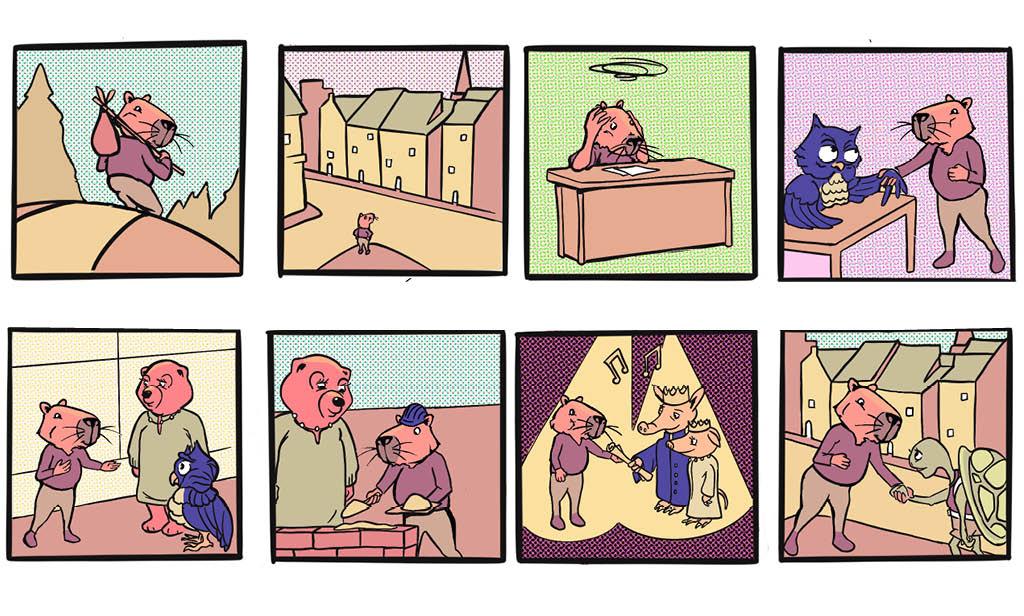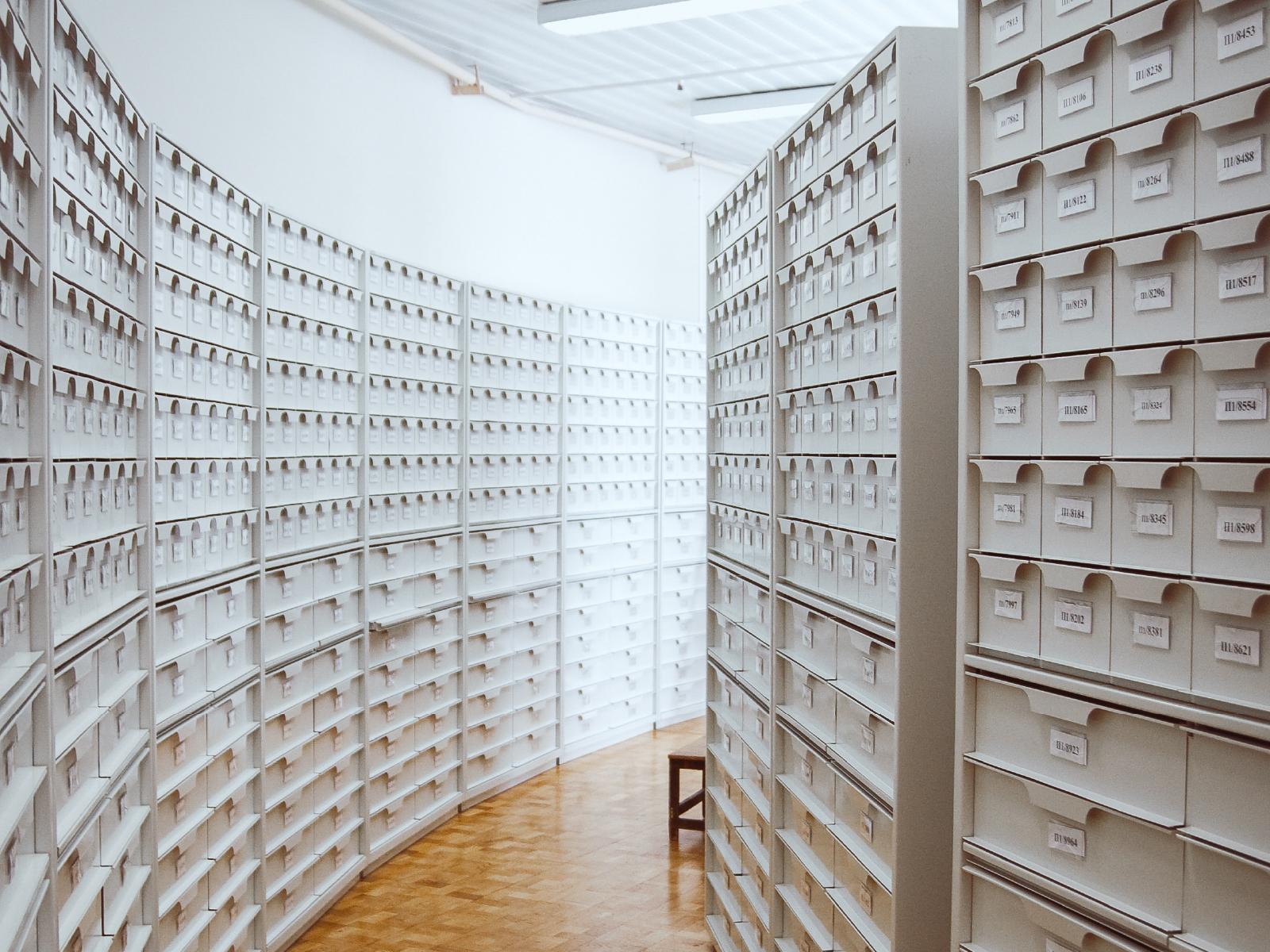Not all European citizens have free and easy access to (other) countries’ e-services and in some cases public services are not yet fully digitised. In the European project ACROSS Waag Futurelab and European partners work on the design of an open source ecosystem to facilitate cross-border services and that prioritises privacy and consent. The blog demonstrates that it is possible to bridge the gap faced by those who lack certain documentation by opening up the capacity for individuals and community organisations to issue credentials via a digital wallet.
Digital Identity and Access
Digital identity and access are inherently linked. This applies to service providers, who need to identify whether someone makes enough money to pay rent, meets residency requirements for work, or is formally documented locally for use of public services like the library and public transportation. For example in the Netherlands service providers often use the digital identity system DigiD.
This link between digital identity and access is particularly problematic for people who find themselves in situations unaccounted for, or who otherwise lack certain documentation. This link often means that people who lack documentation are particularly disadvantaged. Without an anchor (like a passport or national ID) from which to build up the various aspects of their digital identity, they do not have access to fundamental services for establishing oneself – healthcare, banking, and employment to name a few.
People in these circumstances may face 'catch-22' situations (e.g they need an address to start a bank account, but need a bank account to rent an apartment) or otherwise be caught up in bureaucratic backlog that prevents them from furthering their journey at all. In other words, waiting for the government or having fallen outside of the established process, they are totally stuck.
Decentralising trust with ‘digital wallets’
The bottleneck of the situation occurs in part from the centralisation of trust. We are used to trusting centralised sources, like large tech companies or government issued IDs to establish access and digital identity, for example when a website suggests to “log in with Facebook or Google”, or “upload a photo of your ID”. But it is also possible for us to place trust in other sources – it is something that people do, and have been doing for a long time. Currently the capacity to issue digital credentials tends to only lie with centralized sources of trust. A more accessible schema would allow trusted members of a community – whether individuals, groups of individuals, or other trusted institutions who have their own established anchor – to issue credentials. Waag Futurelab can imagine a digital wallet facilitating vouching or sharing credentials beyond centralised sources.
A ‘digital wallet’ broadly refers to an app that stores credentials. Developers working in the field of digital identity face the question of how digital wallets might facilitate the sharing of trust. It is a practical question, because these types of digital services are used to establish trust that someone has access to healthcare, to a bank account, or even to cross a border. The question is not primarily digital in nature: it is not only about how to build a technical system. It is rather a question of how trust, vouching, and the sharing of credentials works between people and institutions.
To consider this question, it is helpful to create a story that strips away technology and consider how sharing bits of one’s identity work on the level of human interactions. The story of Cornelius illustrates how sharing bits of one’s identity works on the level of human (or in the example below, ‘animal’) interactions around power, access, and trust.
Cornelius’s Story: How does trust, vouching, and the sharing of credentials work between people and institutions?

Cornelius’s story illustrates how a person who lacks a formal administrative identity anchor can temporarily latch onto a trusted person or organisation (who does have an existing administrative identity anchor) as a temporary anchor, in order to bridge gaps faced on their journey towards formally establishing themselves in a new country. The ‘owl’ and the ‘bear’ in the story could represent different actors in real life. The owl is an issuer of trust, and could stand for a trusted community organisation, or even established residents. The bear represents a service provider – in this case he is an employer, but a service provider could also be a housing company, a bank, a public transportation authority, etc. In this case, he is willing to accept the owl as a source of trust.
By decentralising sources of trust, we can help people in dire need of moving forward. It could help people without an anchor (like a passport or national ID) give access to fundamental services, like healthcare, banking, and employment.
Applying Cornelius’s Story to Digital Systems
Waag Futurelab can imagine a digital wallet facilitating vouching or sharing credentials beyond centralised sources. It is technically possible to facilitate vouching or sharing credentials as was done in the case of Cornelius by opening up trust mitigation to “authorities” beyond centralised sources like government bodies. For example, the owl may issue Cornelius a credential which he could then share with employers and other service providers. Better yet, Cornelius could already have a credential from his homeland that is recognized and accepted in the new kingdom. This is similar to the interactions facilitated by ACROSS, for example when a credential from a German university is recognised by a Latvian employer.

During the GebiedsOnline pilot in the project DECODE Waag investigated how a vouching system could work. GebiedOnline is an open-source social network based around neighbourhoods and communities of interest. In this pilot, the challenge was to establish that a person was a local resident of a particular neighbourhood without relying on a centralised issuer of trust (like a government-issued ID). To facilitate this, the technical design proposed a peer-to-peer vouching system, in which a user was able to join a community group if three established members vouched that user was indeed a member of the neighbourhood.
We can imagine this same mechanism being applied to various use cases and facilitated by the issuing of credentials by established citizens, a group of citizens, or a trusted organisation (like a local NGO) mediated through a digital wallet. For example, in the Netherlands, ‘undocumented residents’ have a right to access healthcare, while ‘medical tourists’ do not. In the absence of a government-issued ID, however, healthcare and insurance providers cannot distinguish between undocumented residents and tourists and at times refuse healthcare for this reason. A proposed solution to this problem is to institute a system in which local NGOs who work with undocumented migrants issue a credential that says “the holder of this credential lives in Amsterdam and has been working with our organisation for an established period of time.” In this way, trusted community organisations vouch that a person is indeed a resident, which can be used (in the absence of a government-issued ID) to demonstrate residency to healthcare and insurance providers.
If service providers are willing to trust decentralised sources, then technical systems can be built to accommodate the sharing of that trust. That would make for a more accessible and inclusive digital identity ecosystem.
Project development based upon this user journey necessitates the endorsement and participation of various stakeholders, including people who lack a formal government-issued ID; healthcare providers; health insurers; and governments. We are continuing to seek consensus on this or another use case which could provide people (who lack documentation) access to necessary services. Do you have an idea for another case in which this system can help people who lack documentation to access necessary services? Are you interested in collaborating on a project around these themes? Let us know via max [at] waag [dot] org.
This article was written as part of ACROSS, a research project funded by European Commission. The article is adapted from the research report D2.2 ‘User Journey Methodology – Final’.


